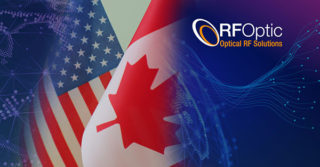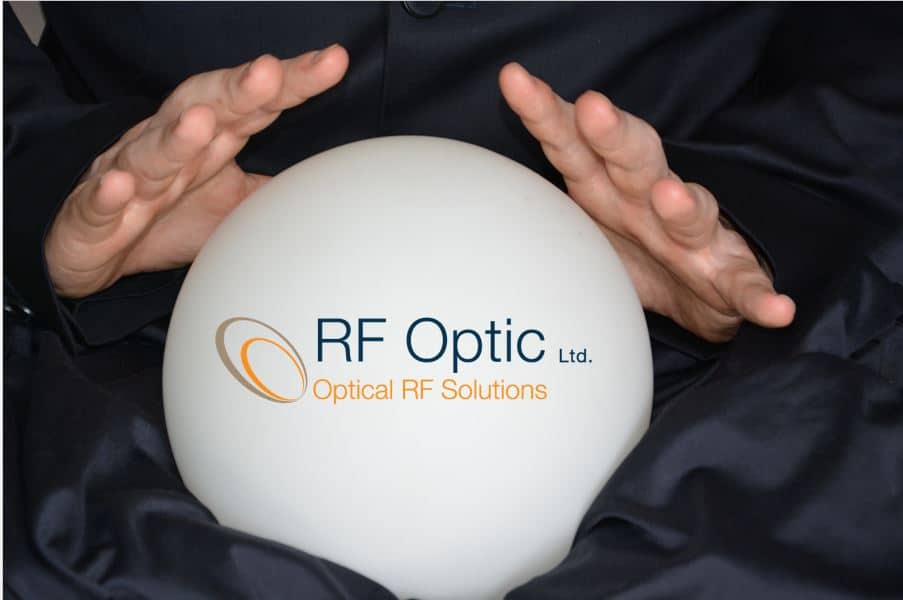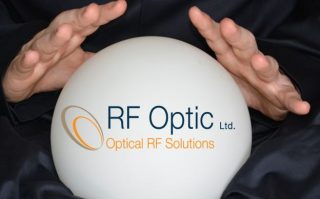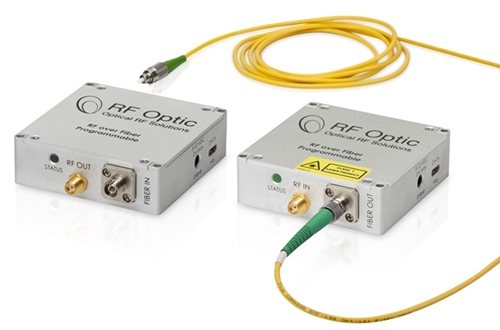Question 1: What are fiber optics?
Answer 1: Fiber optics refers to the technology used to transmit information as pulses of light through strands of fiber made of glass or plastic over long distances. It is used for long-distance and high-performance data networking. It is commonly used for providing internet, TV, and telco services.
fiber made of glass or plastic over long distances. It is used for long-distance and high-performance data networking. It is commonly used for providing internet, TV, and telco services.
Question 2: Who invented fiber optics?
Answer 2: Charles Kuen Kao is credited as being the “father of fiber optic communications”. In the 1960s, he discovered that fibers of very pure glass, which can transport sufficient light, can be combined with laser technology to make telecommunication (and high-speed data transmission) using optical fibers possible. He won the Nobel Prize in Physics 2009.
Question 3: What are fiber optics used for?
Answer 3: Since fiber optic cables are lighter, less bulky, and far more flexible than traditional copper wiring, they can carry high amounts of data at very high speeds. That’s why fiber optics are used for computer networking, since they decrease the time it takes to transfer files and information across different networks significantly; remote sensing, since fiber optic cables can be used as sensors to measure temperature, pressure, and strain, and do not require any electricity in a remote location; automotive Industry, since fiber optic cables are used in lighting and safety measures because fiber optic cables can use signal transmission between different parts of the vehicle at top speeds; medicine, since optical communication is vital in endoscopy (non-intrusive surgical methods) and is also used in biomedical research and microscopy; telecommunications, where fiber-optic communication allows faster connections and clearer conversation without any lags; cable TV, where fiber optic cables are used for signal transmission for e.g., HD Televisions since they provide more bandwidth and faster speeds; and military and space applications, since fiber optic cables are the perfect solution to transmit high-security data for military and aerospace applications.
Question 4: What is electronic warfare?
Answer 4: Electronic Warfare (EW) refers to any strategic use of the electromagnetic spectrum or tactics related to the use of the electromagnetic spectrum, against an enemy in a military conflict. In other words, it refers to the ability of e.g., armed forces or governments to use the electromagnetic spectrum, such as radio, infrared, or radar signals, to sense, protect, and communicate. As RFOptic, we have a long track record of supplying governmental institutes and defense system integrators with advanced technologies for a wide variety of defense and homeland security applications. Click to check out our Electronic Warfare (EW) and RADAR Optical RF offerings.
Question 5: What is an RF signal?
Answer 5: Radio frequency (RF) is a measurement representing the oscillation rate of the electromagnetic radiation spectrum, or electromagnetic radio waves.
Want to learn more? You can find more information in the FAQ and resources sections on our website.



 Located in New Jersey, RFOptic Inc. serves North American & Canadian customers. Due to the growing demand from the Americas,
Located in New Jersey, RFOptic Inc. serves North American & Canadian customers. Due to the growing demand from the Americas, 
 5G will be taking off with the 3.5 GHz band playing a key role
5G will be taking off with the 3.5 GHz band playing a key role
 GPS timing signals
GPS timing signals